The combined company comprises all of SIBUR’s assets (except for the engineering company NIPIGAS), as well as most of the enterprises that have traditionally been part of TAIF Group: Kazanorgsintez and Nizhnekamskneftekhim, as well as TGC-16, which powers them both. The new company will rank among the top 5 global leaders in polyolefin and rubber production, and this is by no means the only impact of this major deal, the culmination of 10 years of growth delivered by the two petrochemical giants.
Transparency Market Research estimates that the global petrochemical market will post a 4% growth in 2021, outstripping the projected global GDP growth
In a globally competitive environment
As a link between the oil and gas sector, the processing industry, machine building, and other sectors, the petrochemical industry is strongly positioned in the economy of virtually every continent. Transparency Market Research estimates that the global petrochemical market will post a 4% growth in 2021, outstripping the projected global GDP growth. Most of this growth has occurred in Asia (Singapore, China, Taiwan, Thailand, etc.), the USA and the Middle East (Saudi Arabia and Iran). The Asian market (followed by the US and European markets) also represents about half of global polymer demand, with over half of the global polymer capacity located in Asia.
Emerging markets and developing economies will be the key drivers of global petrochemicals production and consumption in the coming decades, supporting the current trend and boosting petrochemical exports as a crucial element of non-commodity exports, including from Russia. Petrochemicals represent a strategic pillar of Russia’s industrial development. In accordance with the development plan for Russia’s petrochemical industry to 2030, 16 major investment projects in petrochemicals have been implemented in the country since 2013, almost ending import dependence in the bulk polymers segment. Bulk polymers are currently produced at 25 facilities, with the bulk of the investments over these years coming from SIBUR and Tatarstan-based enterprises that are now part of the combined company.
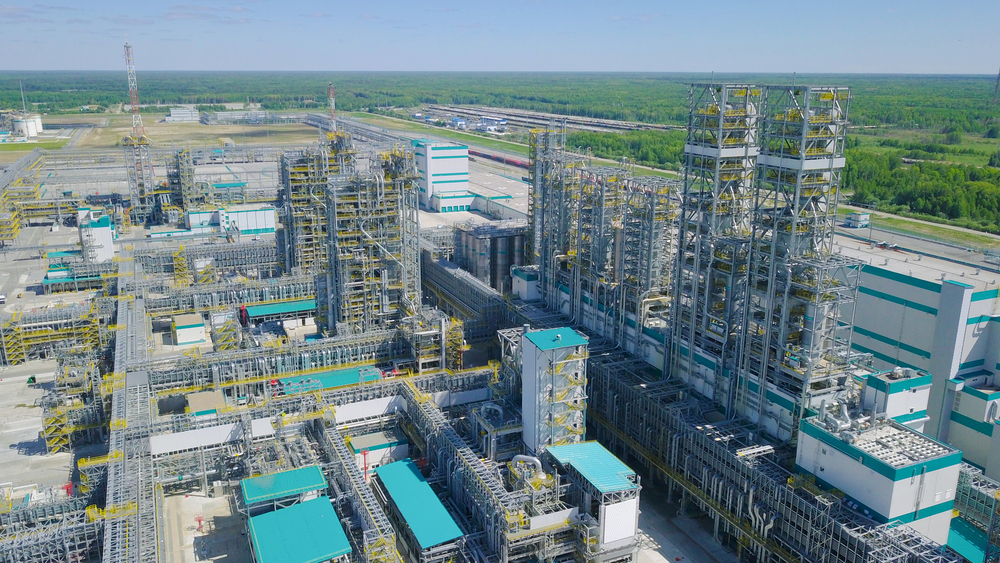
The SIBUR–TAIF merger makes perfect sense, since SIBUR’s traditional business and Tatarstan’s petrochemical industry complement each other, enabling the creation of one of the world’s largest petrochemical players.
Today, the Russian petrochemical industry faces some crucial tasks: import substitution in the medium and low tonnage chemical segments, driving wider opportunities for polymer producers and processors, and supporting demand in the domestic market. Competing effectively in the global market is yet another hot button issue for the industry. Russia’s share in global polymer production is still insignificant at about 2.5%, though growing. At the same time, according to the Russian Ministry of Energy, the country’s share of hydrocarbon production and exports lies between 12% and 19%, with locally sourced raw materials and a favourable geography enabling us to ship products to both Europe and Asia to take advantage of more lucrative markets – a competitive edge over other global players. A major petrochemical company built around SIBUR will play an important role in solving a range of issues, from taking full advantage of these benefits, diversifying exports and increasing the share of non-commodity products, to boosting domestic oil and gas processing. According to Alexander Frolov, Deputy Director of the National Energy Institute, the SIBUR–TAIF merger makes perfect sense, since SIBUR’s traditional business and Tatarstan’s petrochemical industry complement each other, enabling the creation of one of the world’s largest petrochemical players.
Kirill Trusov,
Managing Director, Plastic Pipes & Fittings Division of POLYPLASTIC Group:
“Consolidation appears a logical step for the two companies, both in terms of domestic market development plans and in terms of unlocking the export potential of the Russian petrochemical industry. Integrated governance will enable them to balance the grade assortment of domestically produced polymers, secure more predictable prices in the domestic market, launch the production of grades that are currently imported to Russia and the EAEU countries, and synchronise the export flows of Russian polymers.”
The combined company’s profile
In recent years, SIBUR has expanded its international presence to 100 countries. With its larger scale and increased production efficiency, the new and combined SIBUR will be able to strengthen Russia’s position in the petrochemical market by making domestic products more competitive. Experts see huge synergies from improved resource base diversification, streamlined distribution and logistics, intensified R&D, and enhanced efficiency at both current and future projects.
16 major investment projects in petrochemicals have been implemented in Russia since 2013, almost ending import dependence in the bulk polymers segment
Christoph Roehrig,
Head of BASF Russia and CIS:
“The chemical industry is on the verge of a major transition. The trend towards sustainability, green goals and decarbonisation in public policy is likely to be the biggest impetus for change in our industry. To enhance productivity and competitiveness in global markets, companies will have to significantly speed up digital transformation across all functions and operations. Managing relevant investments will require a clear strategic focus, a growth mindset and a lean approach to managing costs and performance. The SIBUR–TAIF merger will allow the new company to benefit from synergies and improve its overall market position in key segments in the domestic as well as global market. BASF has strong partnerships with both companies, and we look forward to further strengthening and expanding these relationships going forward.”
Alexey Kalachev,
Finam analyst:
“Going forward, the merger will help optimise not only logistics and the product mix, but also cash flows, feedstock availability, and investment resources for capacity upgrades and expansion.”
Relevant tasks
Investments in hydrocarbon refining and processing, as well as petrochemicals and energy, will be a key focus for SIBUR post merger.
Albert Shigabutdinov,
a co-founder of TAIF Group:
“Building on the development programme that SIBUR is already implementing in Western Siberia and the Far East, the combined company will be able to achieve its declared goals. We are all in for a lot of work. We need to build a new corporate culture based on TAIF’s and SIBUR’s best practices that is aimed at achieving excellence.”
In the last 10 years, SIBUR has accumulated extensive experience, having implemented several major investment projects for over USD 21 billion. TAIF’s investment programme to 2030, launched back in 2015, comprises 36 projects worth a total of RUB 2.2 trillion,
including, in particular, the construction of the new Ethylene-600 olefin complex, with a capacity of nearly 1.8 mtpa of straight-run gasoline. Phase one of the complex project, the EP-600 plant, is now under construction and is 30% complete. Completion is scheduled for December 2022, and production will start in the second half of 2023. Along with 600 ktpa of ethylene, EP-600 is expected to produce 273 ktpa of propylene, 249 ktpa of benzene and 88 ktpa of butadiene, ensuring a major increase in feedstock base and supporting the emergence and development of finished goods industries in Russia to meet the growing domestic demand and reduce imports.
The investment programme will bring the output of polymer products at Kazanorgsintez to 2.3 mtpa by 2030.
Investments in hydrocarbon refining and processing, as well as petrochemicals and energy, will be a key focus for SIBUR post merger
The project is being implemented in an environmentally safe manner: the complex is located away from populated areas and does not affect agricultural lands, and CEMS (an automated system monitoring industrial emissions) will be launched once production starts to ensure continuous control of emissions’ physical parameters, monitoring of pollutant concentrations and interfacing with the process control system. Burners with two combustion zones will help reduce the formation of nitrogen oxides while efficient decoking drums will help prevent suspended particles and coke from being discharged to the atmosphere. Wastewater treatment facilities will also be constructed to return treated water to the process, along with facilities to treat the resulting liquid waste. Nizhnekamskneftekhim also plans to launch the production of methylene diphenyl diisocyanates and toluene diisocyanates – key components for the manufacture of polyurethane systems that currently need to be sourced internationally.
Another major investment project is the construction of a polypropylene facility that leverages Spheripol, a technology that offers industry leading levels of productivity and safety (SIBUR started using this technology at its Tobolsk plant in 2012). With the new facility’s capacity reaching 400 ktpa, Nizhnekamskneftekhim will almost triple its polypropylene output and become one of Europe’s largest producers.
Capacity upgrades are another lever to boost the global competitiveness of the Russian petrochemical sector. In particular, Kazanorgsintez is implementing two sets of investment projects in this area. The first one aims to boost efficiency through technological improvements. For example, the ethylene plant is being upgraded to process propane feedstock, and the isopropyl benzene facility is being retrofitted. These projects will improve resource and energy efficiency.
Combined SIBUR has every chance not only to become a leader in the global market, but also to spearhead social and sustainability innovation.
The second set of projects entails building new production facilities and retrofitting existing ones; in particular, there are plans to overhaul the low-pressure polyethylene production and processing plant’s reactor to boost the facility’s total capacity to 660 ktpa–720 ktpa. Meanwhile, an upgrade of the polycarbonate plant will lift its output to 100 ktpa. In total, the investment programme will bring the output of polymer products at Kazanorgsintez to 2.3 mtpa by 2030.
Pavel Sorokin, Deputy Minister of Energy of the Russian Federation, said at the April 2021 collegium of the Ministry of Energy that the share of Russian petrochemical products in the global market may reach 7% to 8% by 2030. With 8–16 million extra tonnes of production that boosts the value of feedstocks by 40% to 300%, petrochemicals can bring in between USD 9 billion and USD 18 billion in additional non-commodity exports per year. At the same time, in addition to the pooling of production capacities, the mutual exchange of best practices will also unlock new opportunities for delivering a step change in growth for the petrochemical industry. “The merger between our industry leaders opens up fundamentally different opportunities for delivering a step change in growth for the Russian petrochemical industry. First and foremost, we are talking about combining capabilities, energy and ambitions,” said Dmitry Konov, Chairman of SIBUR’s Management Board, commenting on the historic deal. The new, combined SIBUR has every chance not only to become a leader in the global market, but also to spearhead social and sustainability innovation.
Photo: Shutterstock/FOTODOM, sibur.photas.ru, kazanorgsintez.ru
Download PDF


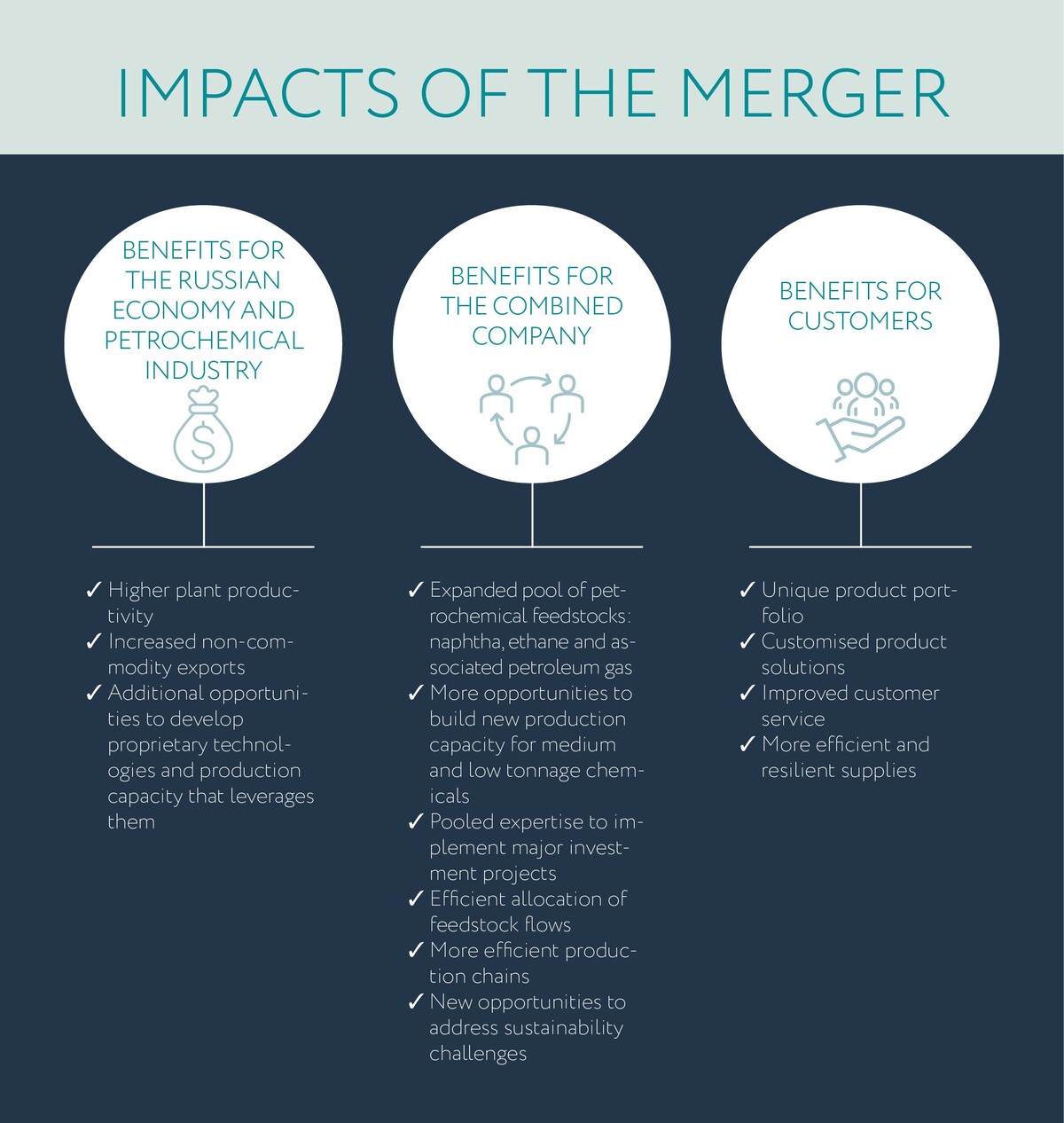
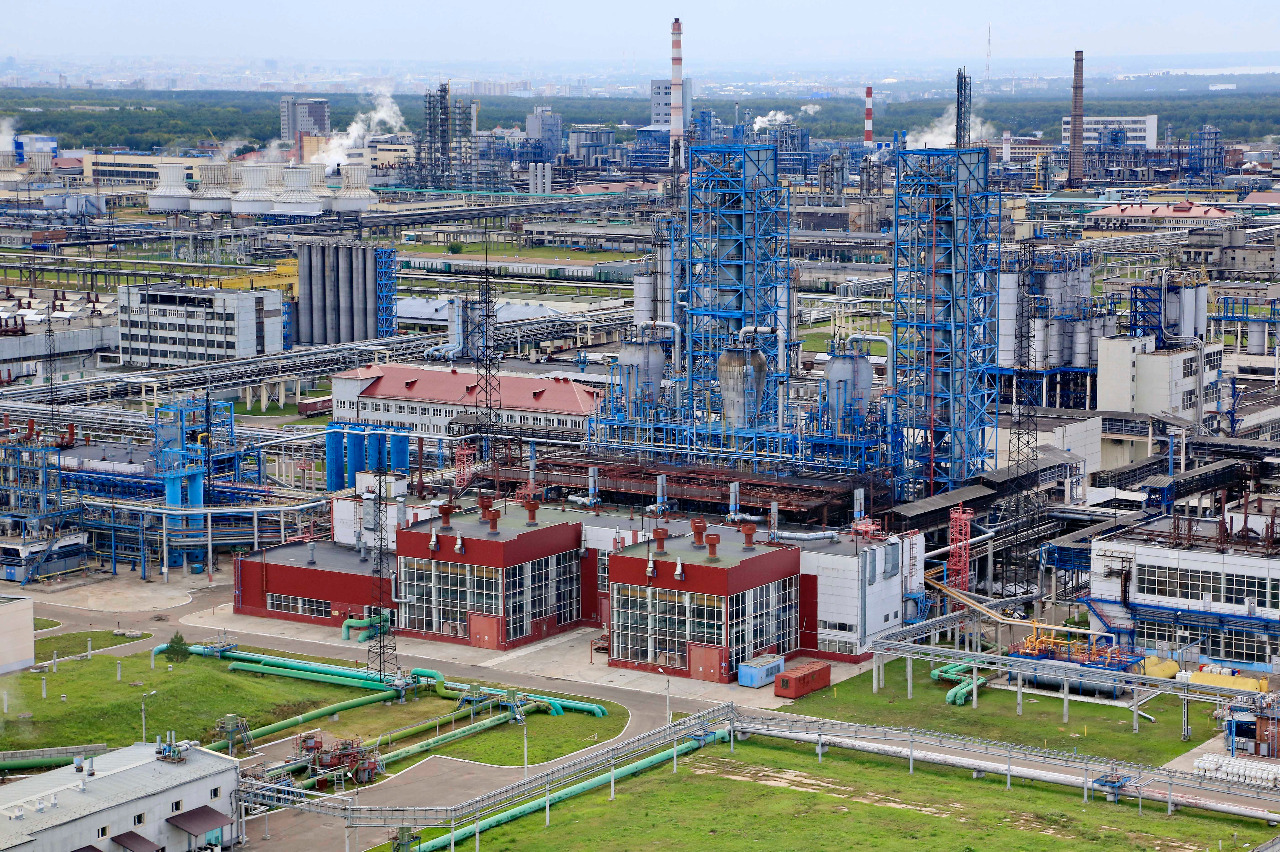
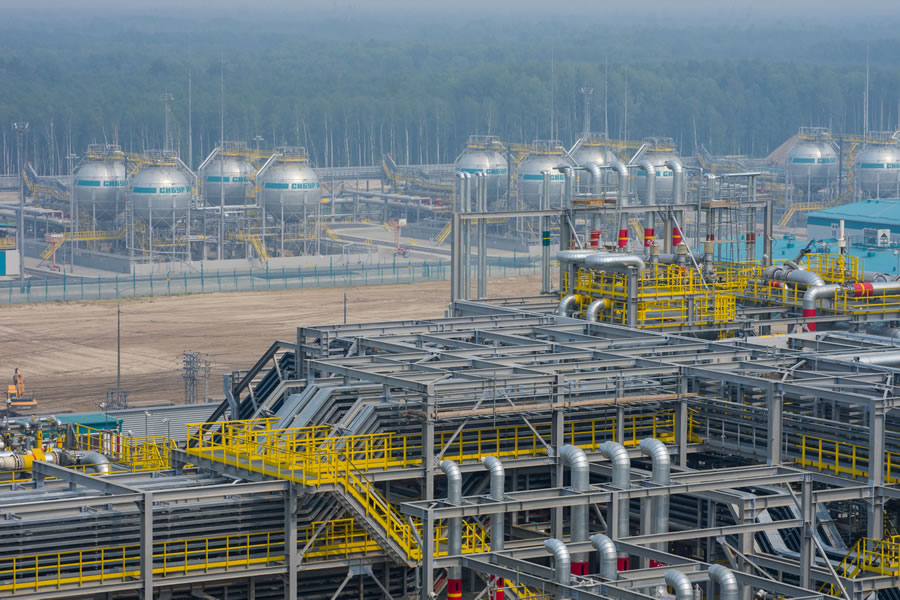

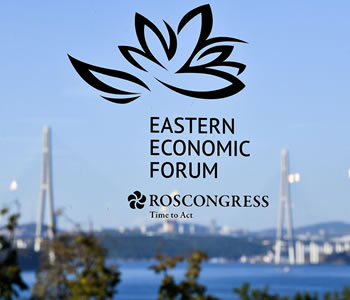
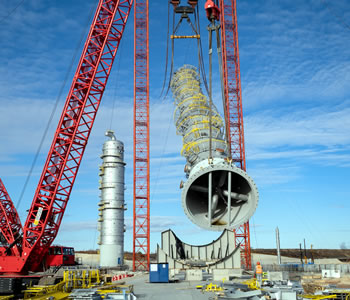

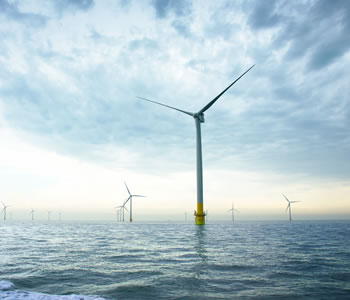
Dmitry Konov
Chairman of SIBUR’s Management Board:
The merger between our industry leaders opens up fundamentally different opportunities for delivering a step change in growth for the Russian petrochemical industry First and foremost, we are talking about combining capabilities, energy and ambitions